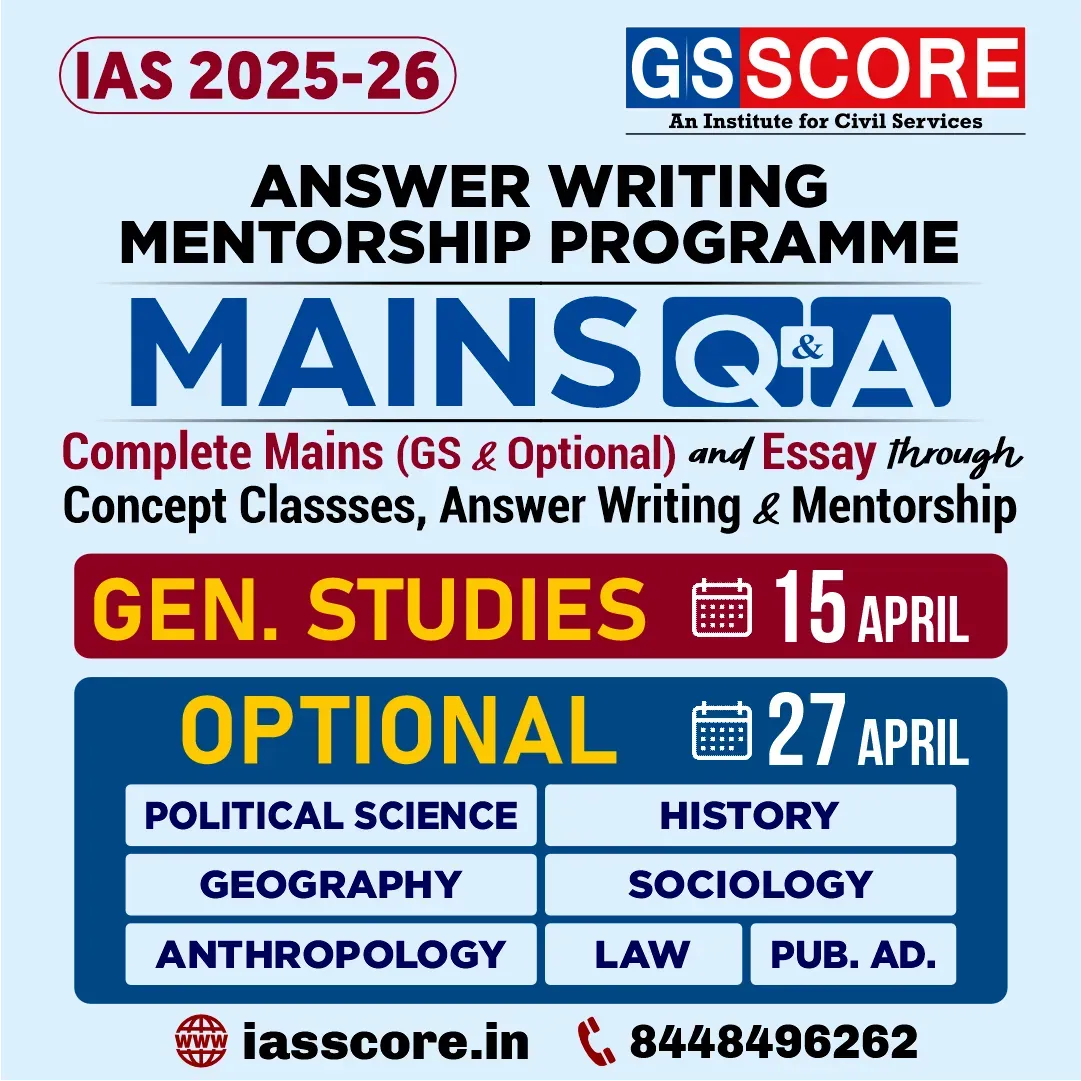Connecting India’s East with the Indo-Pacific
Context
An effective way to work for a ‘free, open, inclusive, peaceful, and prosperous Indo-Pacific is to involve our eastern regions, using the cultural, environmental, and historical linkages.
India’s Indo-Pacific Strategy via Northeast:
- Common to India’s other policies:India’s Northeastern states, situated between Delhi and Southeast Asia over the Bay of Bengal, anchor the convergence of Japan’s Free and Open Indo-Pacific (FOIP) vision and India’s Act East policy.
- Strategic Geographic location: Northeast is a key frontier in India’s Indo-Pacific engagement as it borders China and Bhutan to the north and Bangladesh and Myanmar to the west and east making connectivity easier.
|
India’s Act East policy:
|
The North-eastern states joining hands with Indo-Pacific:
- The Northeast which comprises seven Stateshas been witnessing transformation as it heads towards better security conditions and development.
- Since 2018, India’s ‘Look East’ and ‘Act East’ policieshave moved into the phase of Indo-Pacific policy and strategy.
- Recently, both Indo-Pacific conclaves were hosted by the Asian Confluence, a think tank leading in the study of India’s northeast.
- The first was in partnership with the Ministry of External Affairs and Manipur University, and
- The second had the United States Consulate Generalin Kolkata as the partner.
- But, there, the still issues that need to ensure adequate security, speed up economic development and connect better with the rest of India and Southeast Asian nations.
How merging the Northeast with the Indo-pacific strategy can be helpful for India?
- For economic development:The Northeast is on the right path to concentrate on economic development.
- Making the region as a hub of Indian Ocean island countries: With the improvement in roads linking north-eastern towns and job creation for thousands of graduates, India can harness their potential to attract investments, jobs, and students from south Asian countries.
- For example; Manipur can be promoted as the hub of medical tourismfor other Indian States and neighbors such as Myanmar.
- The State’s research and development facilitiescan also be used to leverage the region’s biodiversity.
- Helpful in the development of Northeast: Accelerated development requires increased investment by Indian corporates and foreign investors as well as better management.
- Using Cultural influence: By expanding the reach of cultural diplomacy and people-to-people cooperationthrough greater educational exchanges, tourism, and trade is desirable for a stronger Indo-Pacific.
- An ambitious endeavor by 75 artistsfrom nine countries highlighted the region’s ‘unity in diversity through music, dance, drama, and cuisine.
The linkage between Northeast and South Asia:
|
Developments |
Challenges |
|
|





